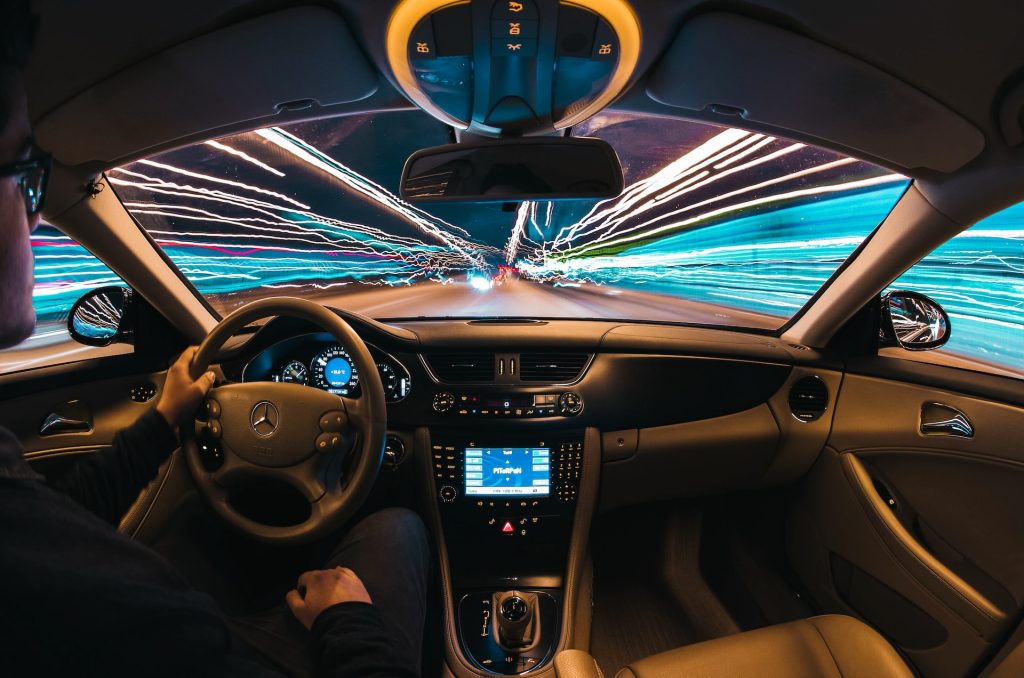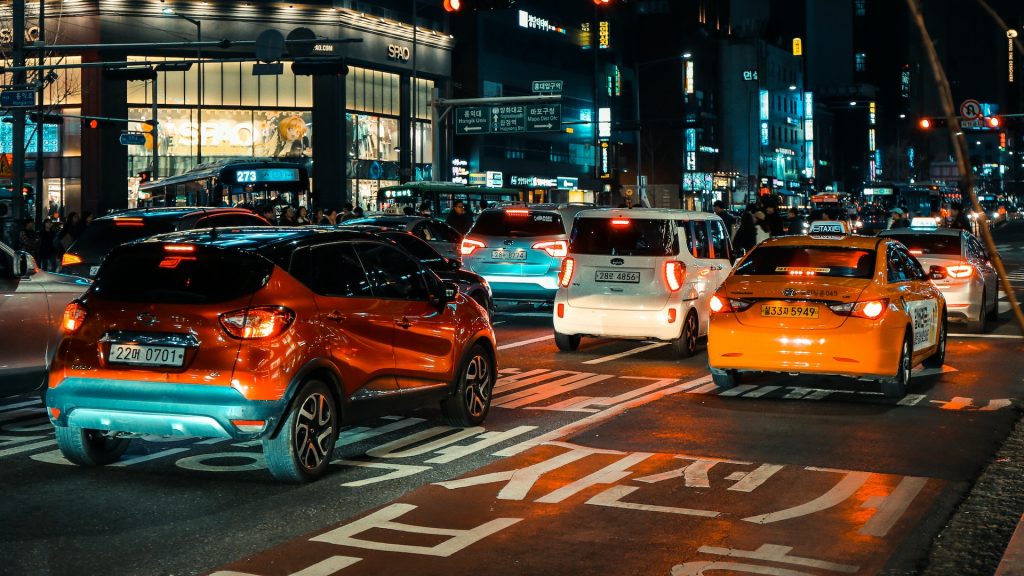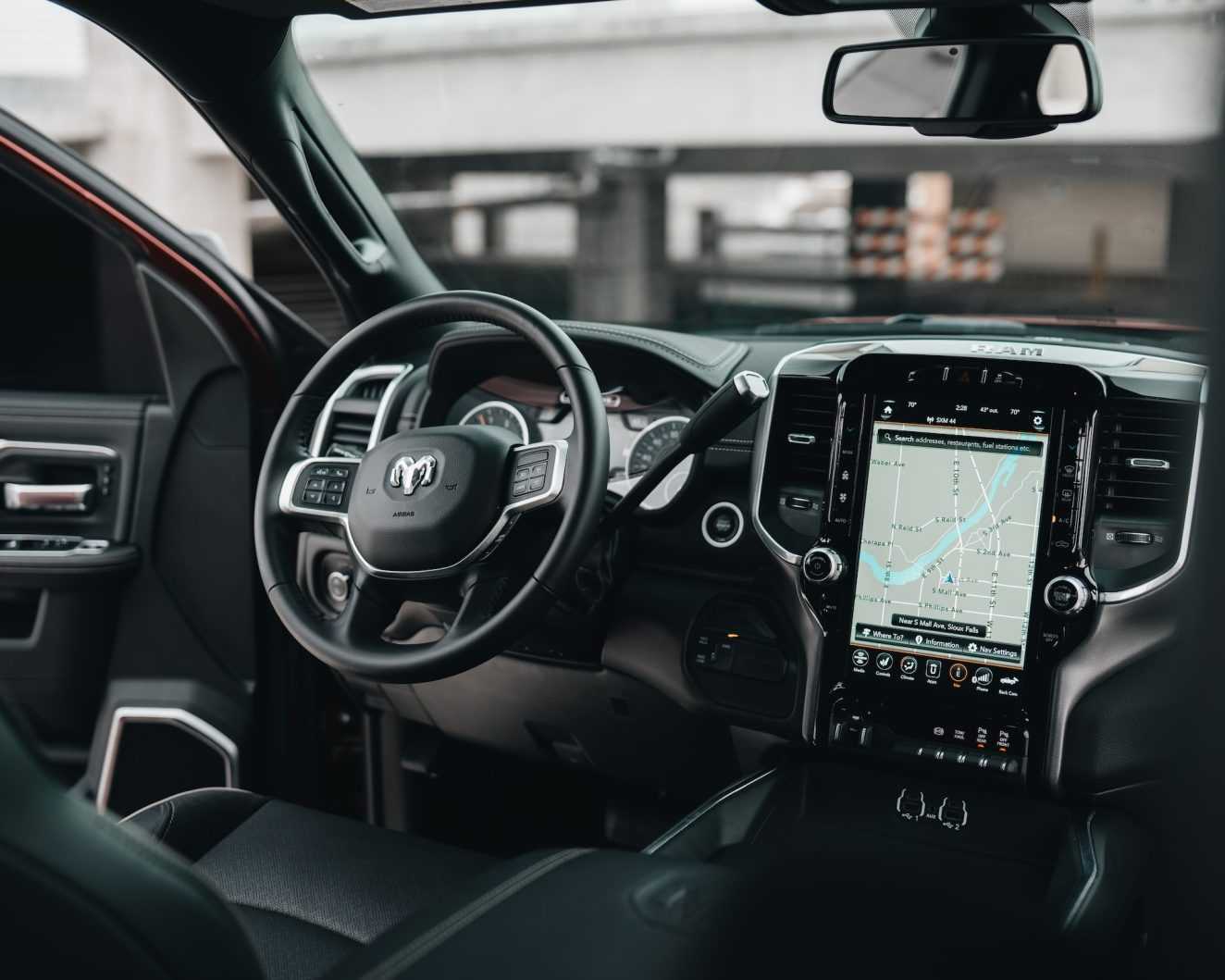In the not-so-distant future, the hum of engines and the chore of steering may become antiquated relics of the past. The advent of self-driving cars has sparked a transformative revolution in the automotive industry, captivating the imaginations of tech giants and automakers alike. But how far along are we in this journey toward a driverless future, and what challenges lie on the winding road ahead?

Decoding Autonomy: Levels of Self-Driving Vehicles
The Society of Automotive Engineers has paved the way for understanding the progression of self-driving technology through six distinct levels. Each level represents a tier of autonomy, from Level 0, where human drivers bear full responsibility, to the pinnacle of full automation at Level 5. It’s a spectrum of capabilities, and here’s a breakdown:
- Level 0: No autonomy; the human driver is in control of all driving tasks.
- Level 1: Driver assistance features, handling one task at a time, like lane keeping or adaptive cruise control.
- Level 2: Partial automation; the car can perform two or more automated tasks simultaneously, but the driver remains primarily in control.
- Level 3: Conditional automation; the car can drive from point A to point B without human intervention in specific conditions, with the driver ready to take over if needed.
- Level 4: High automation; the vehicle is fully autonomous in most driving conditions, operating in geo-fenced areas but may avoid certain weather conditions.
- Level 5: Full automation; the car operates itself under all driving conditions, potentially without a steering wheel or brake pedal.
The race to develop fully autonomous vehicles is fervent, with major players conducting extensive road tests. However, until Level 5 autonomy is achieved, humans remain responsible for their vehicles, understanding the current limitations of this evolving technology.

The Technological Underpinnings: How Do Self-Driving Cars Work?
Humans rely on eyesight to navigate the world, but self-driving cars leverage sensor technologies to perceive their environment. One crucial sensor is LIDAR, or Light Detection and Ranging, often considered the eyes of a self-driving vehicle. LIDAR uses laser wave pulses to create a 3D rendering of the car’s surroundings.
This technology collaborates with GPS and computer vision, interpreting real-time data through machine learning models. The collected data isn’t confined to the vehicle; it’s sent to the cloud for offline processing, contributing to improving the learning models for every autonomous vehicle on the road.
Embracing Change: The Benefits of Self-Driving Cars
As self-driving technology progresses from concept to reality, the potential benefits for society are monumental. Chief among them is the promise of life-saving technology. With an estimated 1.3 million global deaths from car accidents annually, 90% of which result from human error, self-driving cars could eliminate this predominant source of accidents. Research suggests a potential annual saving of 29,447 lives through the reduction of traffic accidents.
Beyond safety, the landscape of our communities may undergo a radical redesign. With self-driving cars capable of shuttling passengers efficiently, the need for sprawling parking lots could diminish. Imagine repurposing these areas into green spaces, reshaping urban environments.
Moreover, self-driving vehicles hold the promise of unprecedented mobility for people with disabilities. Offering door-to-door transportation, these vehicles can empower individuals, granting them the freedom to engage with the world and participate in the workforce.
Regulatory Challenges: Navigating the Legal Maze
While the benefits are tantalizing, the road to widespread autonomous driving is fraught with regulatory challenges. As human error diminishes as a cause of collisions, determining responsibility becomes a labyrinthine task. Is it the self-driving car, the passenger, or the manufacturer at fault?
Addressing such complexities demands regulatory changes in insurance policies to cover various vehicle uses and emerging business models. During the transition period where traditional and autonomous cars coexist, designated lanes for driverless vehicles might be necessary. Collaboration between the automotive industry and regulators is essential to update long-standing laws to accommodate the paradigm shift ushered in by self-driving cars.
In essence, self-driving cars represent not just a technological leap but a test for both automakers and regulators. Industry stakeholders must collaborate to find comprehensive solutions, ensuring that regulations align with the rapidly evolving landscape of autonomous driving.
The Future Awaits: Uniting for a Self-Driving Tomorrow
While the promises of self-driving cars are evident, realizing their full potential requires a collective effort. Every stakeholder, from automakers to regulators, must come together, pooling their expertise and resources to craft a future where self-driving technology is seamlessly integrated into our lives.

The road ahead is winding, filled with challenges and uncertainties. Yet, the allure of a world where self-driving cars redefine mobility and safety beckons us forward. It’s a journey that demands not just innovation but collaboration—a shared commitment to unlocking the full potential of self-driving technology and reshaping the way we traverse the highways of tomorrow.





